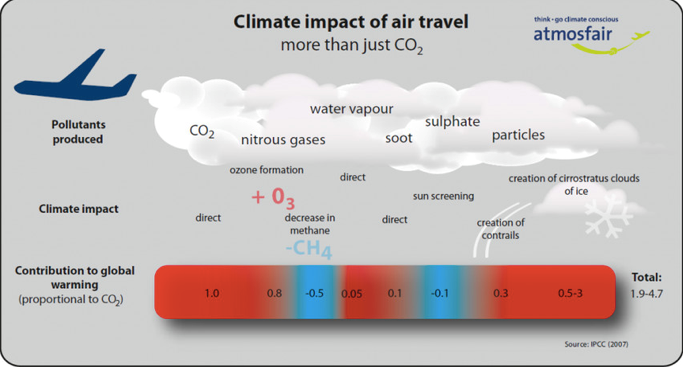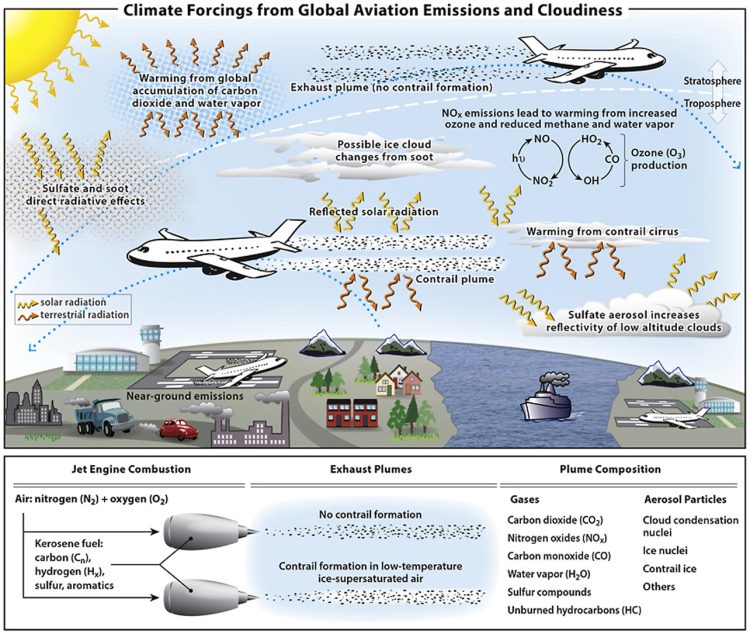The aviation sector contributes significantly to global carbon emissions
August 08,2025

The aviation sector contributes significantly to global carbon emissions, accounting for roughly 2-3% of anthropogenic CO2 emissions. To address this, the industry is actively pursuing various measures to reduce its climate impact, including improving fuel efficiency, developing and adopting sustainable aviation fuels (SAFs), optimizing flight operations, and investing in new technologies.
Some carbon emissions and control strategies in the aviation sector:
Sources of Carbon Emissions:
Fuel Combustion:
The primary source of emissions is the burning of aviation fuel (primarily kerosene) in aircraft engines.
Airport Operations:
Emissions also arise from airport construction, ground vehicles, and energy consumption within airport facilities.
Non-CO2 Effects:
Besides CO2, aviation contributes to other climate-warming effects through emissions of nitrogen oxides (NOx), water vapor, and contrails.
Control Strategies:
Sustainable Aviation Fuels (SAFs):
SAFs, produced from renewable sources like biomass or waste, can significantly reduce lifecycle carbon emissions compared to conventional jet fuel.

Fuel Efficiency Improvements:
Aircraft Design: Lighter aircraft materials, improved aerodynamics, and more efficient engines can reduce fuel consumption and emissions.
Operational Improvements: Optimizing flight paths, reducing aircraft weight, and improving air traffic management can lead to fuel savings and reduced emissions.
Alternative Propulsion Technologies:
Electric and Hybrid-Electric Aircraft: While still in early development, electric and hybrid-electric aircraft offer the potential for zero-emission flights, especially for shorter routes.
Hydrogen-powered Aircraft: Hydrogen is another potential alternative fuel source, although significant technological advancements are needed.
Carbon Offsetting and Insetting:
Offsetting: Investing in projects that reduce or remove carbon emissions elsewhere (e.g., reforestation, renewable energy) can compensate for unavoidable emissions.
Insetting: Reducing emissions within the aviation value chain (e.g., through SAF production) can be considered a form of offsetting.
Government Regulations and Incentives:
ICAO’s Carbon Offsetting and Reduction Scheme for International Aviation (CORSIA): A global scheme aimed at offsetting emissions from international flights.
Emissions Trading Systems (ETS): Market-based mechanisms that put a price on carbon emissions, incentivizing airlines to reduce their footprint.
Demand Management:
Promoting Sustainable Travel Choices: Encouraging alternatives to air travel, such as train travel for shorter distances, can help reduce overall demand.
Efficient Use of Existing Infrastructure: Maximizing the capacity of existing airports and air traffic systems can help reduce the need for new infrastructure that may contribute to emissions.
Challenges:
Scalability of SAFs: The production and deployment of SAFs at scale remain a challenge.
Technological Maturity: Advancements in electric, hybrid, and hydrogen-powered aircraft are still needed.
International Cooperation: Addressing emissions from international aviation requires global collaboration and coordination.
Overall, the aviation industry is actively working to reduce its carbon footprint through a combination of technological innovation, operational improvements, and policy measures. Achieving net-zero emissions by 2050 will require sustained effort and collaboration across the industry and governments worldwide.